Review
The facelifted E-Class is not revolutionary, but then it doesn’t really need to be as it’s already among the best in its segment.
One of the major changes for this latest generation model is the introduction of EQ Boost 48v mild hybrid technology across the engine line-up.
It uses a small battery and motor/generator to provide a small power boost and enable extended engine-off coasting and longer stop-start intervals.
Two EQ Power plug-in hybrids are also offered, with bigger batteries than before.

The E-Class is now fitted with Mercedes’ MBUX infotainment system, featuring ‘Hey Mercedes’ natural voice commands, improved online services and augmented reality sat-nav.
Visually, the E-Class has been given a noticeable makeover. The front end borrows more styling cues from the CLA and CLS, with a sleeker appearance.
At the back, the E-Class has lost some of its retro curves that mirrored the E-Classic 300SL ‘Gullwing’, for a more conservative squared-off tailgate.
Inside, the dashboard is much the same as before, bar the glaring omission of a rotary controller for the infotainment.
As with other new Mercedes models, the E-Class is now fitted with a laptop-style touchpad. Simply, it’s a disappointment. Other manufacturers are following this trend and we can’t understand why, as the rotary ‘knob’ is much easier for drivers to use on the move.
To mitigate this, Mercedes has made the infotainment screen a touchscreen; although its position on the dashboard makes it difficult for the driver to reach it, unless their name is Mr Tickle.
Talking of screens. The E-Class gets two high-resolution 12.3-inch displays as standard across the range now, in the same widescreen layout that the old car offered.
You can also tell the E-Class what you want it to do by saying the magic phrase ‘Hey Mercedes’ followed by ‘I’m cold’ or ‘I want to go home’. The system responds well to commands and uses artificial intelligence to better itself.
The other big change inside is the new steering wheel. Two are available, dependent on trim level, and both feature touch-sensitive panels rather than buttons. We thought these would be a bit fiddly, but they are surprisingly effective and easy to use. They control the majority of functions, including audio, cruise control and can control either display.

The powertrain line-up starts with the E 200, which uses a 2.0-litre turbocharged petrol. It develops 197PS and can achieve 38.7mpg with CO2 emissions from 165g/km.
The diesel-powered E 220 d has an output of 220PS and 400Nm. It can deliver up to 57 mpg and emits from 127g/km.
Fleet customers are more likely to favour the plug-in hybrids, which come in two guises.
The E 300 e combines a 2.0-litre petrol engine with a 13.5kWh battery. Together they have a maximum output of 320PS and 700Nm. It can deliver 176.6mpg and emits 35g/km of CO2.
The E 300 de uses a 2.0-litre diesel engine and the same 13.5kWh battery. It produces 306PS and 700Nm, with claimed fuel consumption of 235.4mpg and CO2 emissions of 33g/km of CO2.
Both plug-ins can cover around 34 miles on electricity, meaning they sit in the 11% BIK band, but they are priced higher at £48,820 for the e and £50,070 for the de.
There is also an E 400 d diesel and E 450 petrol, both of which have all-wheel drive.
Dynamically, the E-Class has retained its comfort-focused drive, which is a good thing as it delivers a sublime motorway cruising experience.
The E 220 d will suit the highest mileage users that will require consistently high mpg, but it’s hard to ignore the plug-in models for their low BIK and strong economy. When we tested the E 300 de for six months, we achieved almost 70mpg over 8,000 miles.
All trim levels come with the same ‘Agility control suspension’, so there’s no impact on handling or ride quality as you move through the range. This may upset keener drivers, but they could always opt for a BMW 5 Series instead.
Entry-level Sport models feature most of the equipment fleet users will require; including leather upholstery and heated front seats, parking sensors, reversing camera, blind spot monitor and LED headlamps.
AMG Line Edition adds AMG styling features and is the base trim for plug-in models.
Upgrading to AMG Line adds a faux-leather dash, Multibeam LED lights and the new six-spoke AMG steering wheel.
Drivers who want a 360-degree camera, the new augmented reality sat-nav or keyless entry will need the AMG Line Premium, while a range-topping AMG Line Night Edition Premium Plus includes a panoramic sunroof and Burmester sound system.
Matt has been an automotive journalist for nine years and has driven just about every new car and van that's on sale. As content editor - vehicles he is responsible for the automotive content on Fleet News and also contributes to Automotive Management. Prior to this, Matt worked in the automotive industry for 10 years.


Specs
| Manufacturer | Mercedes-Benz |
| Model | E Class |
| Specification | E Class E300e Saloon 2.0 PiH 13.5kWh 320 SS AMG Line Edition 9GT+ 21MY |
| Model Year | 0.00 |
| Annual VED (Road tax) | £0 |
| BIK List Price | £46,175 |
| CO2 | 37g/km |
| BIK Percentage | 10% |
| Insurance Group | N/A |
| CC | N/A |
| Fuel Type | Petrol Hybrid |
| Vehicle Type | Executive car |
| Luggage capacity (Seats up) | 5litres |
Running Costs
| P11D | £46,175 |
| Insurance group | N/A |
| Fuel Type | Petrol Hybrid |
| Cost per mile | 111.75ppm |
| Fuel | 9.68ppm |
| Depreciation | 98.50ppm |
| Service maintenance and repair | 3.57ppm |
Rivals
Info at a glance
-
P11D Price
£46,175
-
MPG
176.6 (WLTP) -
CO2 Emissions
37g/km -
BIK %
10% -
Running cost
3 Year 60k : N/A 4 Year 80k : N/A -
Fuel Type
Petrol Hybrid



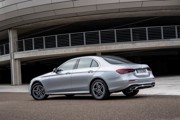




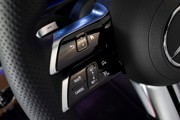
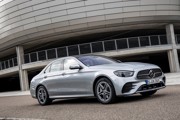
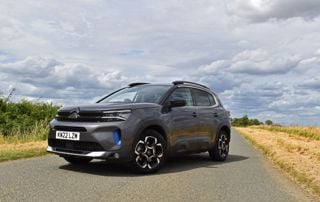
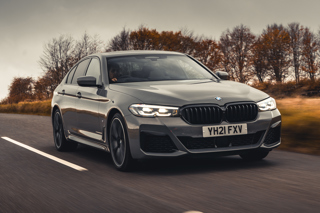

 Petrol Hybrid
Petrol Hybrid

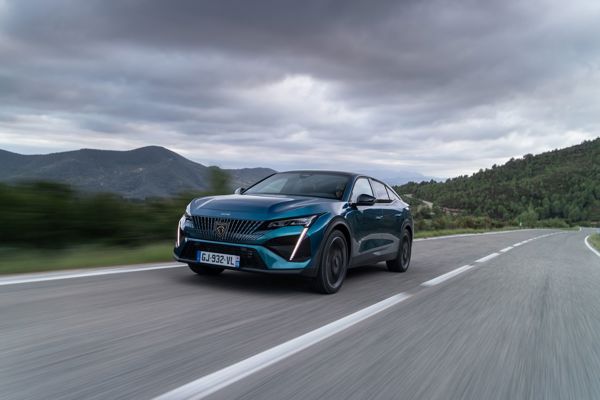
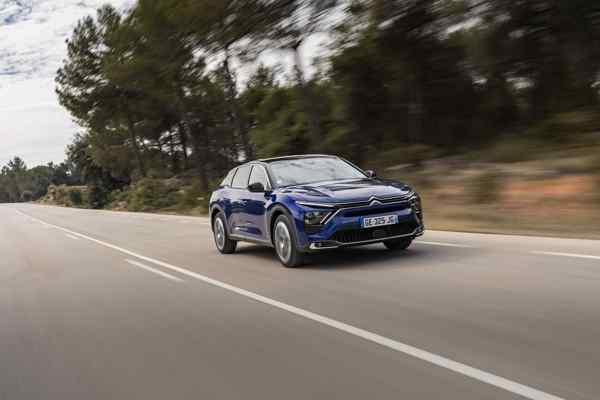

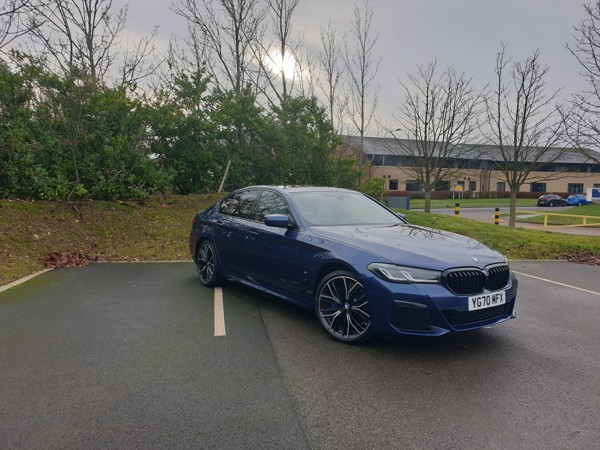

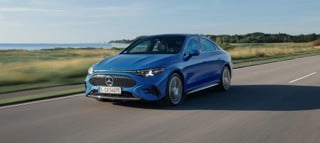
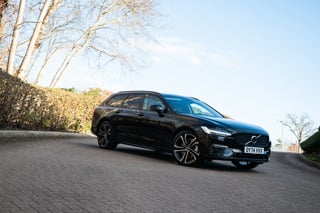
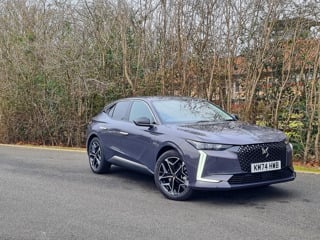













Login to comment
Comments
No comments have been made yet.